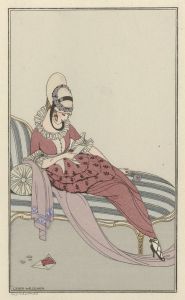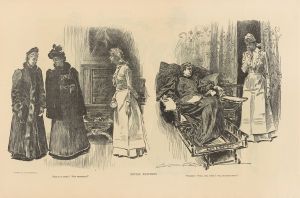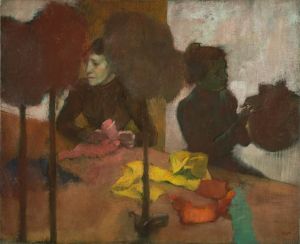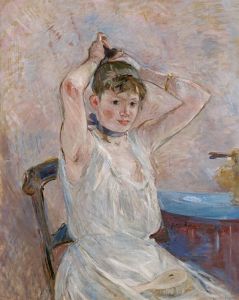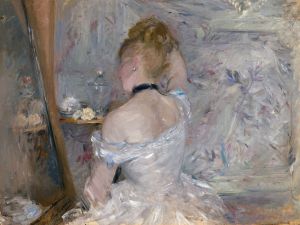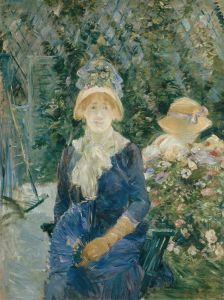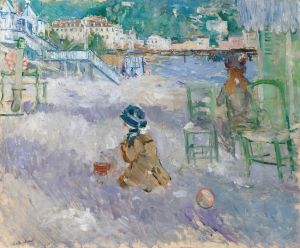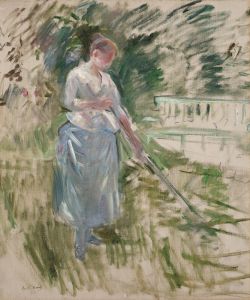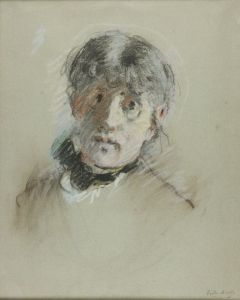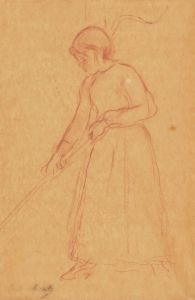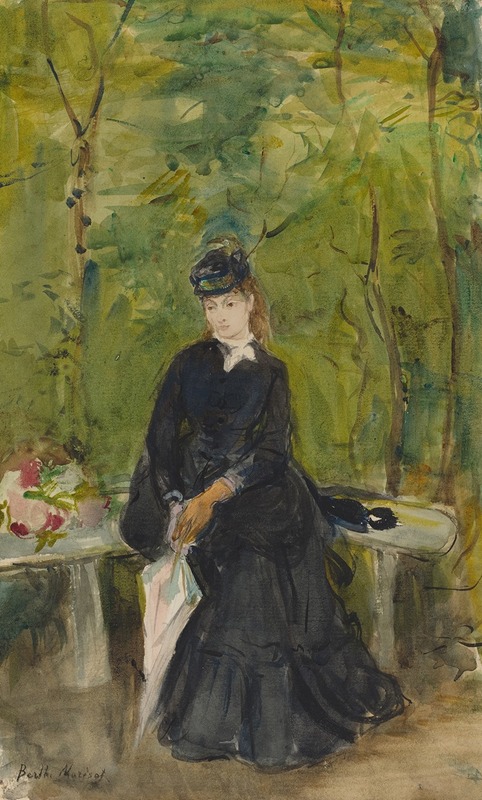
The Artist’s Sister Edma Seated In A Park
A hand-painted replica of Berthe Morisot’s masterpiece The Artist’s Sister Edma Seated In A Park, meticulously crafted by professional artists to capture the true essence of the original. Each piece is created with museum-quality canvas and rare mineral pigments, carefully painted by experienced artists with delicate brushstrokes and rich, layered colors to perfectly recreate the texture of the original artwork. Unlike machine-printed reproductions, this hand-painted version brings the painting to life, infused with the artist’s emotions and skill in every stroke. Whether for personal collection or home decoration, it instantly elevates the artistic atmosphere of any space.
"The Artist’s Sister Edma Seated in a Park" is a painting by the renowned French Impressionist artist Berthe Morisot. Created in 1870, this work exemplifies Morisot's skill in capturing intimate and personal moments through her art. Berthe Morisot was one of the few prominent female artists associated with the Impressionist movement, and her works often focused on domestic life and the private sphere, themes that were accessible and familiar to her.
The painting features Morisot's sister, Edma, who was a frequent subject in her works. Edma Morisot was also an artist, though she largely ceased painting after her marriage, a common expectation for women of her social standing during that period. The close relationship between the sisters is evident in the sensitivity with which Berthe portrays Edma, capturing not only her likeness but also a sense of her character and mood.
In "The Artist’s Sister Edma Seated in a Park," Edma is depicted sitting in an outdoor setting, presumably a park, as suggested by the title. The composition is intimate, focusing closely on Edma, who is seated and appears to be in a moment of quiet reflection. The background is rendered in loose, fluid brushstrokes typical of the Impressionist style, suggesting the lush greenery of the park without detailing it explicitly. This technique emphasizes the atmospheric quality of the scene, a hallmark of Impressionist painting.
Morisot's use of color is subtle yet effective, with a palette that includes soft greens, blues, and earthy tones, which harmonize to create a serene and contemplative mood. The light in the painting is gentle, diffused through the foliage, and it plays across Edma's figure, highlighting her face and the folds of her dress. This treatment of light and shadow demonstrates Morisot's mastery in conveying the effects of natural light, a central concern for Impressionist artists.
The painting not only reflects Morisot's technical prowess but also her ability to convey emotion and personality through portraiture. Edma's expression is calm and introspective, inviting viewers to ponder her thoughts and the nature of her repose. This introspective quality is a recurring theme in Morisot's portraits, which often capture women in moments of solitude or quiet activity.
"The Artist’s Sister Edma Seated in a Park" is significant not only as a work of art but also as a testament to the close bond between the Morisot sisters. It provides insight into the personal world of Berthe Morisot and the role of women in the 19th-century art world. As with many of her works, this painting challenges the traditional boundaries of female representation in art, offering a nuanced and respectful portrayal of her subject.
Today, Berthe Morisot is celebrated as a pioneering figure in the Impressionist movement, and her works continue to be studied and admired for their innovative approach and emotional depth. "The Artist’s Sister Edma Seated in a Park" remains an important piece within her oeuvre, exemplifying her unique perspective and contribution to the world of art.







